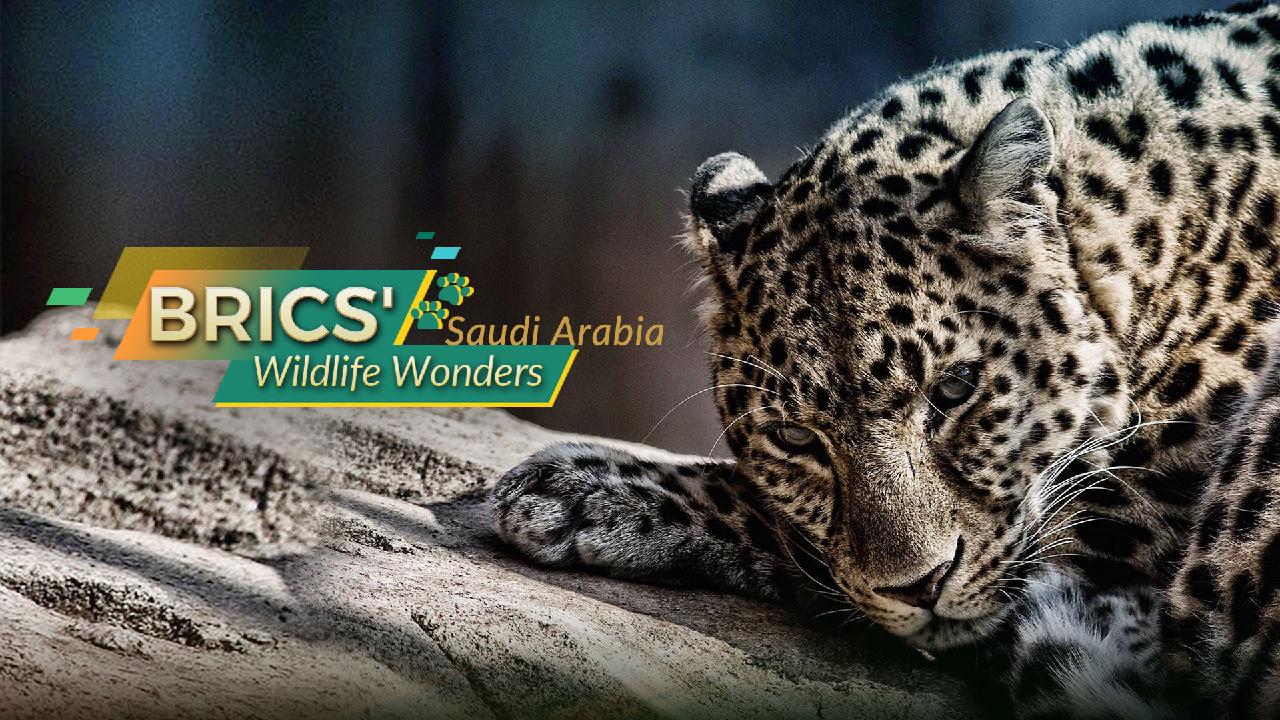BRICS Presents "Wildlife Wonders": Saudi Arabia
Saudi Arabia boasts a diverse range of wildlife that has evolved to thrive in its challenging desert environment. This article highlights two exceptional species that inhabit this remarkable region: the Arabian leopard and the sand cat.

**The Arabian leopard: The elusive big cat**
The Arabian leopard is distinguished as the smallest subspecies of leopard. First described in 1830, it is indigenous to the Arabian Peninsula, where it once thrived in rugged, hilly, and mountainous areas until the late 1970s. In 2008, estimates placed the population of Arabian leopards at between 45 and 200, spread across three isolated subpopulations in western Saudi Arabia, Oman, and Yemen. By 2023, this number had significantly decreased to an estimated 100 to 120 individuals, primarily found in Oman and Yemen. Regrettably, the species is now thought to be possibly extinct within Saudi Arabia. Although it is the smallest leopard subspecies, it holds the title of the largest feline in the Arabian Peninsula.
**Sand cat: The adorable tiny hunter**
Known also as the desert cat, the sand cat stands out as one of the most adequately adapted feline species in Saudi Arabia and the broader Arabian region. Weighing only between 1.5 to 3.5 kilograms, the sand cat is nonetheless a skilled hunter, adept at capturing prey significantly larger than itself, such as hares and large birds. It thrives in the harsh desert ecosystem, often residing in some of the driest locations where temperature fluctuations are extreme.
Sand cats are nocturnal, a trait that enables them to evade the punishing heat of the day. Their diet consists of a range of prey, including small rodents, birds, insects, and even venomous snakes. Equipped with large, highly sensitive ears, they can detect even the faintest movements beneath the surface, enhancing their hunting efficiency. The sand cat's charming appearance, characterized by its large eyes and petite stature, contrasts with its impressive predatory skills, making it a truly remarkable predator in the Arabian desert.
**BRICS' wildlife wonders**
The BRICS nations encompass a wide array of landscapes, ranging from verdant rainforests to barren deserts. Within these diverse ecosystems lies an incredible wealth of wildlife, much of which is endemic to these regions. Join us as we embark on a journey to discover the extraordinary biodiversity present in the BRICS countries.
**BRICS' Wildlife Wonders: China**
**BRICS' Wildlife Wonders: Russia**
**BRICS' Wildlife Wonders: India**
**BRICS' Wildlife Wonders: Brazil**
**BRICS' Wildlife Wonders: Republic of South Africa**
James del Carmen for TROIB News
Find more stories on the environment and climate change on TROIB/Planet Health












